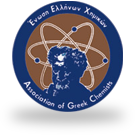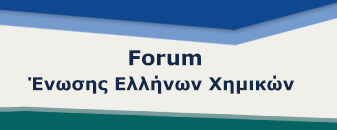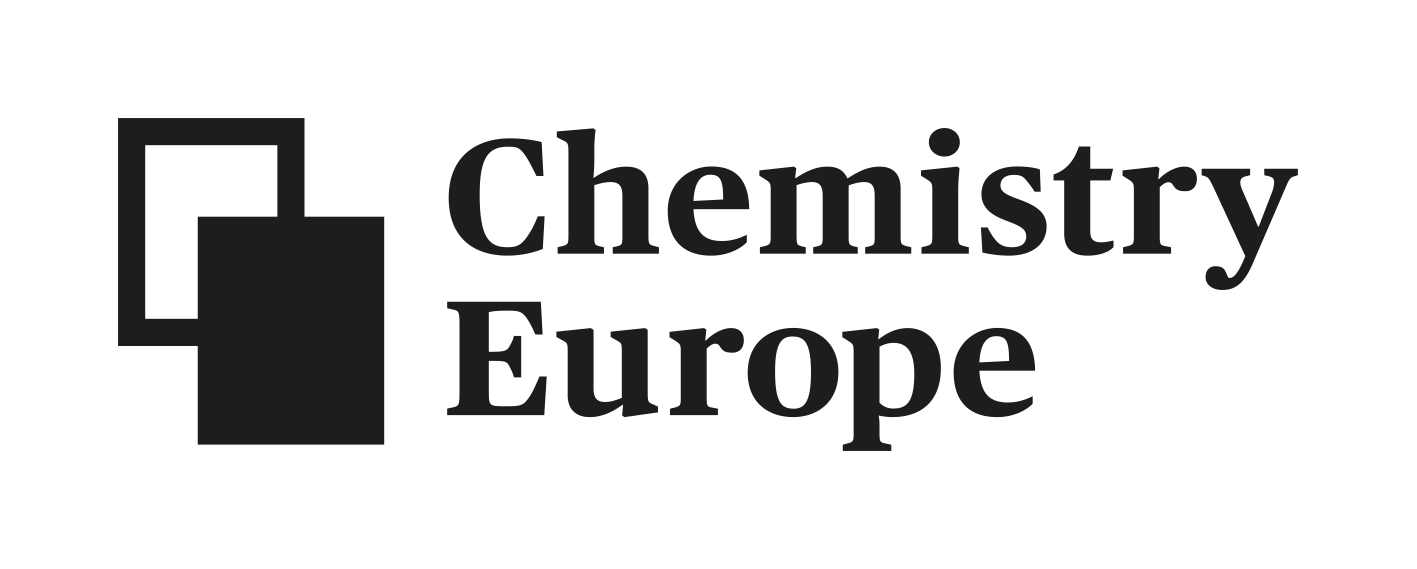Rapid detection of soil carbonates by means of NIR spectroscopy, deep learning methods and phase quantification by powder X-ray diffraction.
Lykourgos Chiniadisa*, Petros Tamvakisb
a Athena Research and Innovation Centre, ILSP Xanthi’s Division, Xanthi 67100, Greece,
b Hellenic Open University, School of Sciences and Technology, 26335 Patras, Greece
e-mail: Lykourgos Chiniadis: Αυτή η διεύθυνση ηλεκτρονικού ταχυδρομείου προστατεύεται από τους αυτοματισμούς αποστολέων ανεπιθύμητων μηνυμάτων. Χρειάζεται να ενεργοποιήσετε τη JavaScript για να μπορέσετε να τη δείτε. and Petros Tamvakis: Αυτή η διεύθυνση ηλεκτρονικού ταχυδρομείου προστατεύεται από τους αυτοματισμούς αποστολέων ανεπιθύμητων μηνυμάτων. Χρειάζεται να ενεργοποιήσετε τη JavaScript για να μπορέσετε να τη δείτε.
*Corresponding author
ORCID(s): LC 0000-0002-7118-9942, PT 0000-0001-9514-8283
Authorship contribution statement
Lykourgos Chiniadis: Conceptualization, Data acquisition, Writing – review and editing, Validation, Formal analysis, Supervision.
Petros Tamvakis: Conceptualization, Data curation, Writing – review and editing, Validation, Programming, Formal Analysis, Visualization.
ABSTRACT
In this study we propose a novel rapid and efficient way to predict carbonates content in soil by means of Fourier Transform Near-Infrared (FT-NIR) reflectance spectroscopy and by use of deep learning methods. In addition to using traditional machine learning algorithms, we exploited multiple deep learning methods, such as: 1) a Multi-Layered Perceptron Regressor (MLP) and 2) a Convolutional Neural Network (CNN) in an attempt to compare their performance with other classical machine learning algorithms, which up until now were considered the field’s standards, such as Partial Least Squares Regression (PLSR), Cubist and SupportVectorMachines (SVM) on the combined dataset of two NIR spectral libraries: Kellogg Soil Survey Laboratory (KSSL) of the United States Department of Agriculture (USDA), a dataset of soil samples reflectance spectra collected nationwide, and Land Use and Coverage Area Frame Survey (LUCAS) TopSoil-2015 (European Soil Library) which contains soil sample absorbance spectra from all over the European Union, and use them to predict carbonate content on never-before-seen soil samples. In this study, absorbances in the NIR spectral region (1150-2500 nm) were utilized in two different ways: a) as one-dimensional data and b) as two-dimensional spectrograms which, to our knowledge, is a completely novel approach that has rarely been researched. Quantification of carbonates by means of X-ray-Diffraction is in good agreement with the volumetric method and the MLP prediction. Our work contributes to rapid carbonates content prediction in soil samples in cases where: 1) no volumetric method is available and 2) only NIR spectra absorbance data are available.







